The administrative backing strengthening civic society volunteering towards water conservation. Chennai sets a water standard for India.
Collaboration is the key to conservation. When cause is the hero, any project, no matter the difficulty or challenges ahead, is executed perfectly. Our cause has been and will always be water conservation. We thank the Greater Chennai Corporation for providing support in the water conservation projects in the city of Chennai.
Take a look at the #Eco-Restoration projects under the GCC-E.F.I collaboration.
Anaikeni Pond, Sholinganallur
Located in the I.T. Hub in Chennai, the Anaikeni Pond is going through scientific restoration prior to the 2020 North-East Monsoons. We at E.F.I thank all those who supported this pond restoration effort.
Watch this video to know more!
Before



Work in Progress



After
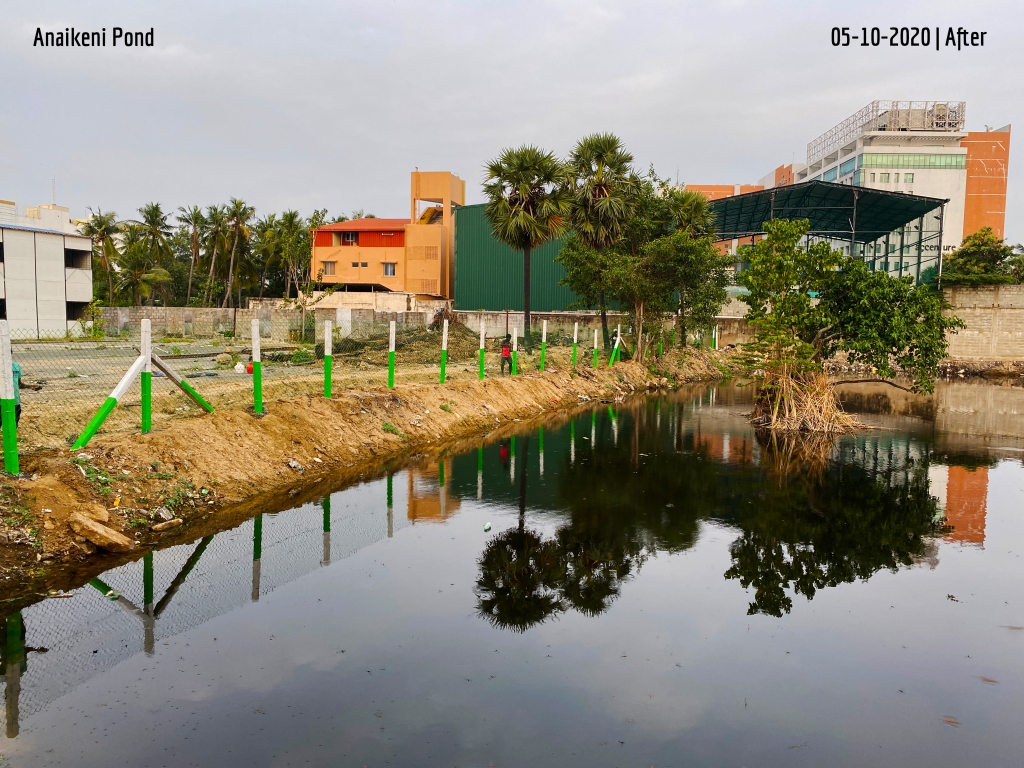

Kannagi Nagar Lake, Thoraipakkam
The Kannagi Nagar Lake adjacent to OMR was taken up for Eco-restoration. Today with its newly strengthened bunds and deepened water holding area, the waterbody is once again becoming the identity of the locality!
Before
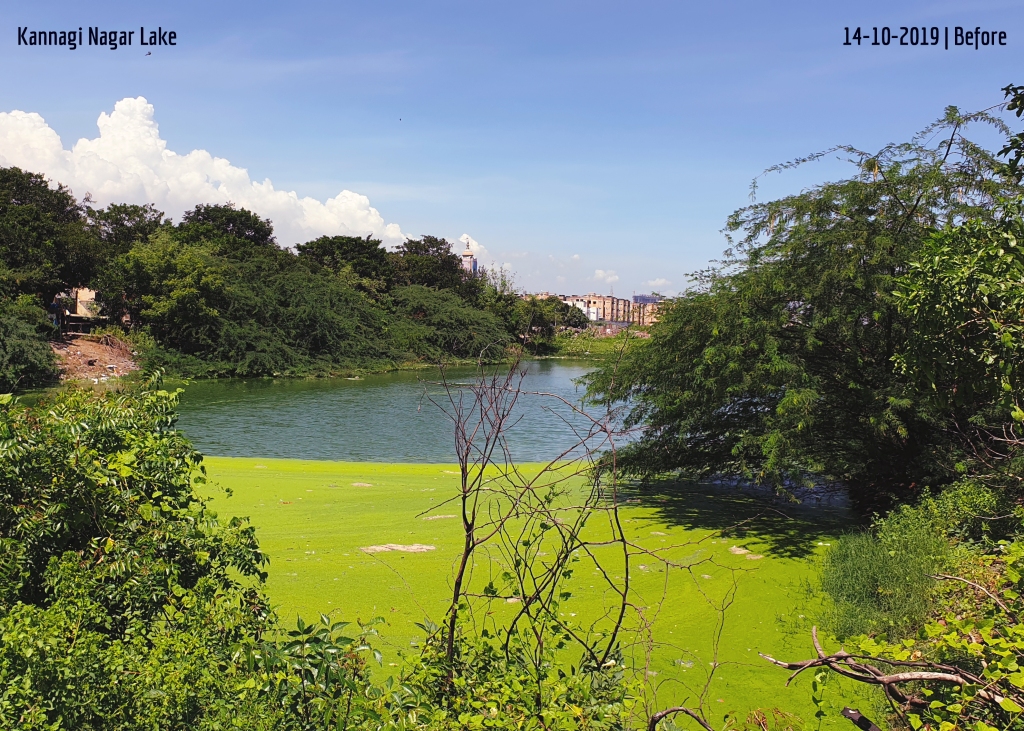



Work in Progress



After


Kannan Kulam, Thoraipakkam
A gym and a religious structure that were occupying the pond area were removed with support from all the residents in the neighborhood. The citizens have been keen on reviving this waterbody and the pond is now all ready for the NE Monsoons of 2019.
The Kannan Kulam today is a cleaner, reclaimed and levelled pond with optimized storage and stronger embankments.
Before

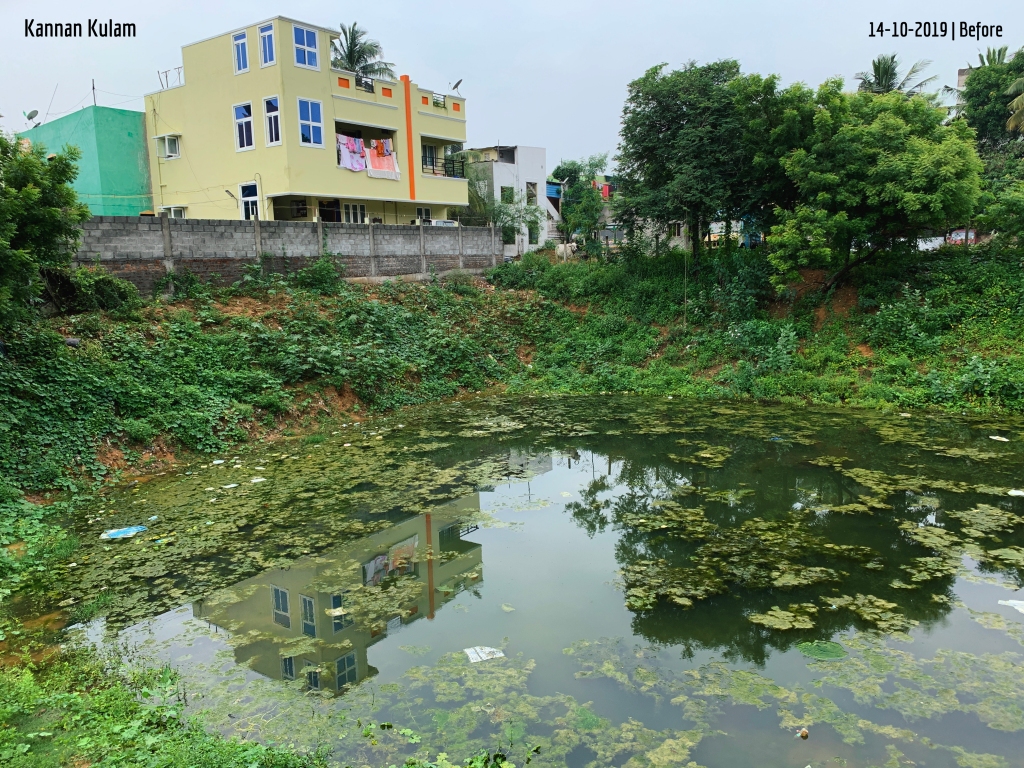


Work in Progress



After


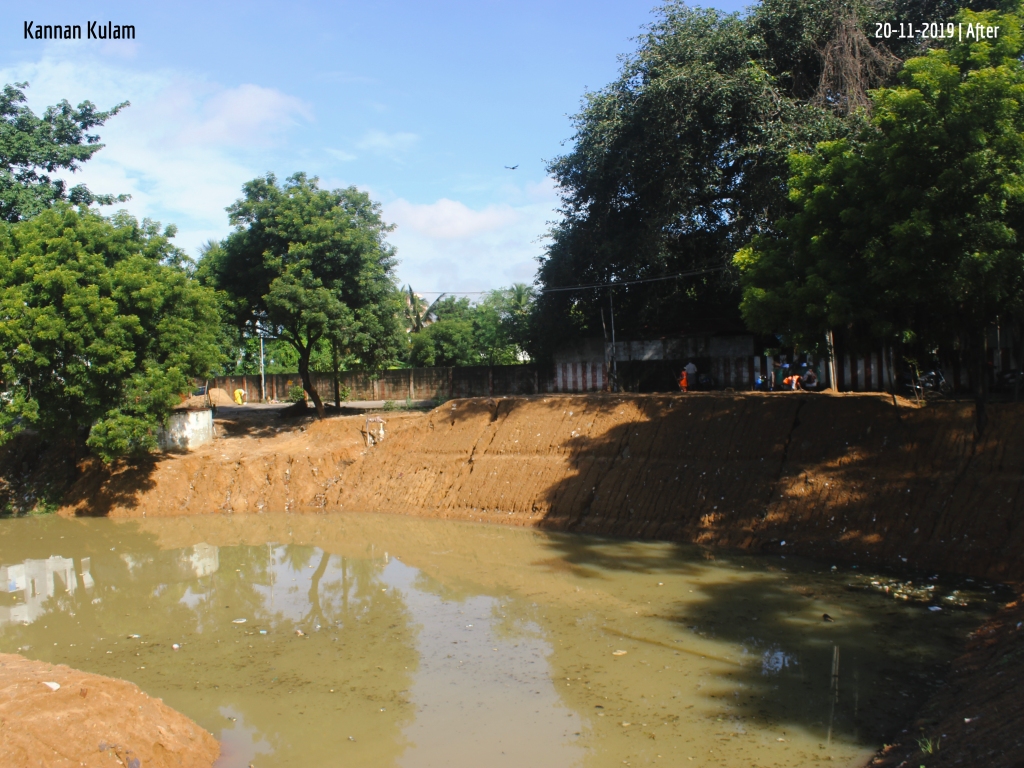
Karuppan Kulam, Ambattur
A sleepy suburban pond got a magical transformation through a collaborative community-based environment conservation effort!
The pond that became a dumpyard is now a revamped pond again. A central circular recharge pit, triangular recharge shafts and more in this revived water body are the unique features.
Before
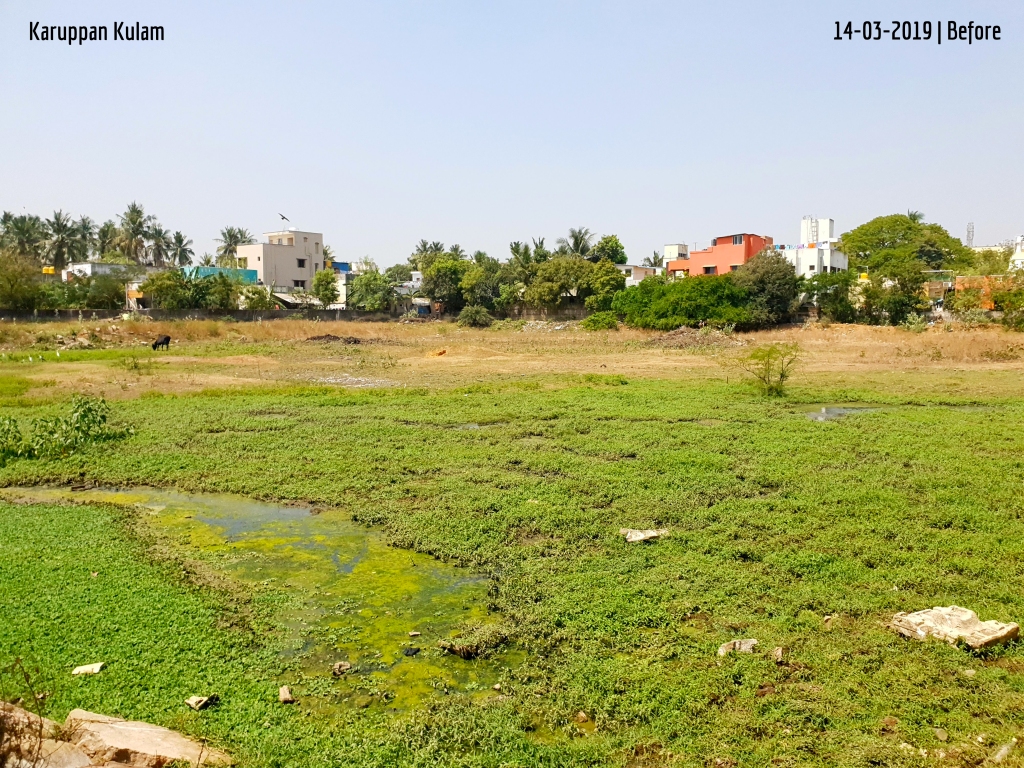




Work in Progress




After

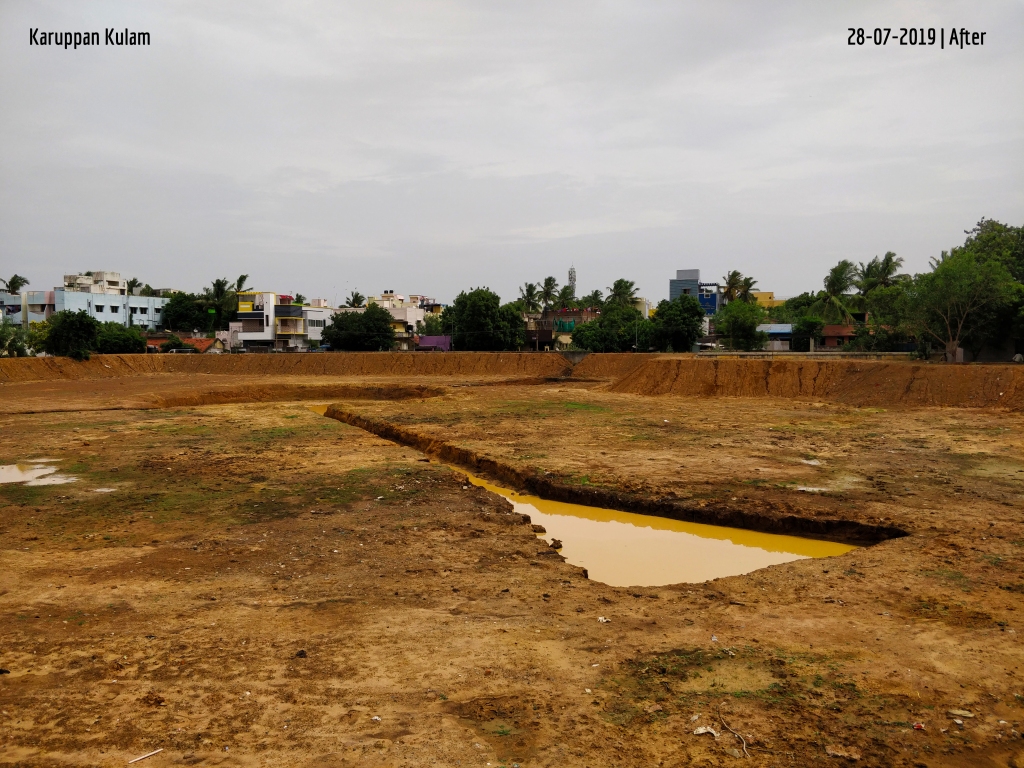


Madhanakuppam Pond, Ambattur
Madhanakuppam pond was revived in a matter of 60 days! Locked in an abandoned roadways project site, was this exploited water body. Through dedicated efforts, the pond is now back to life.
Before
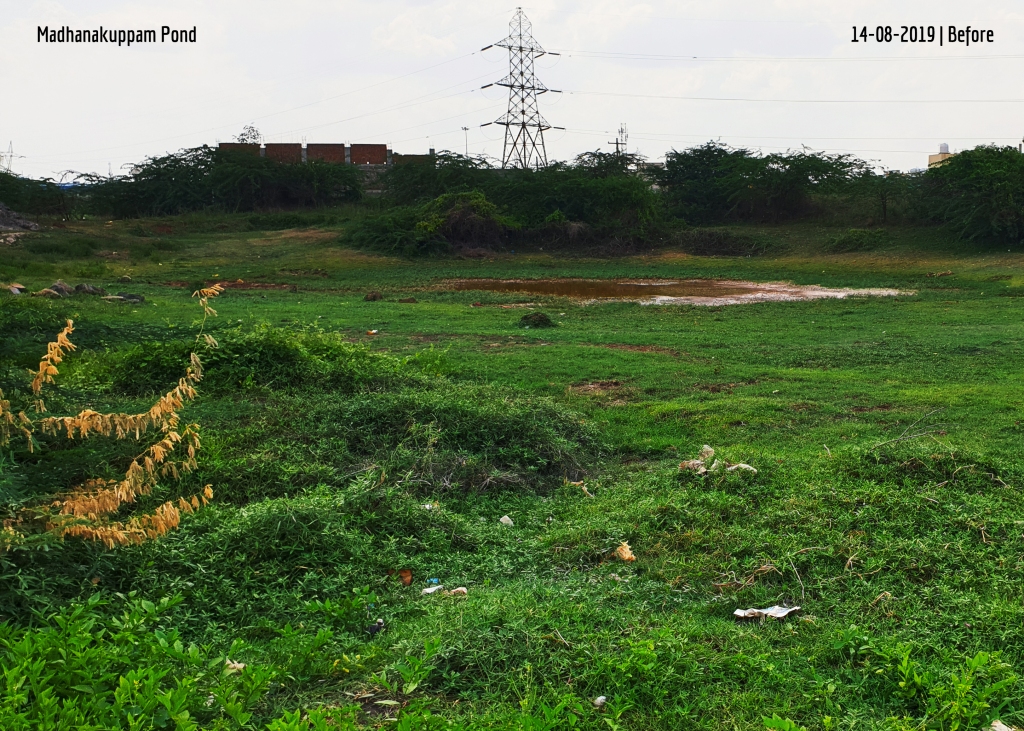

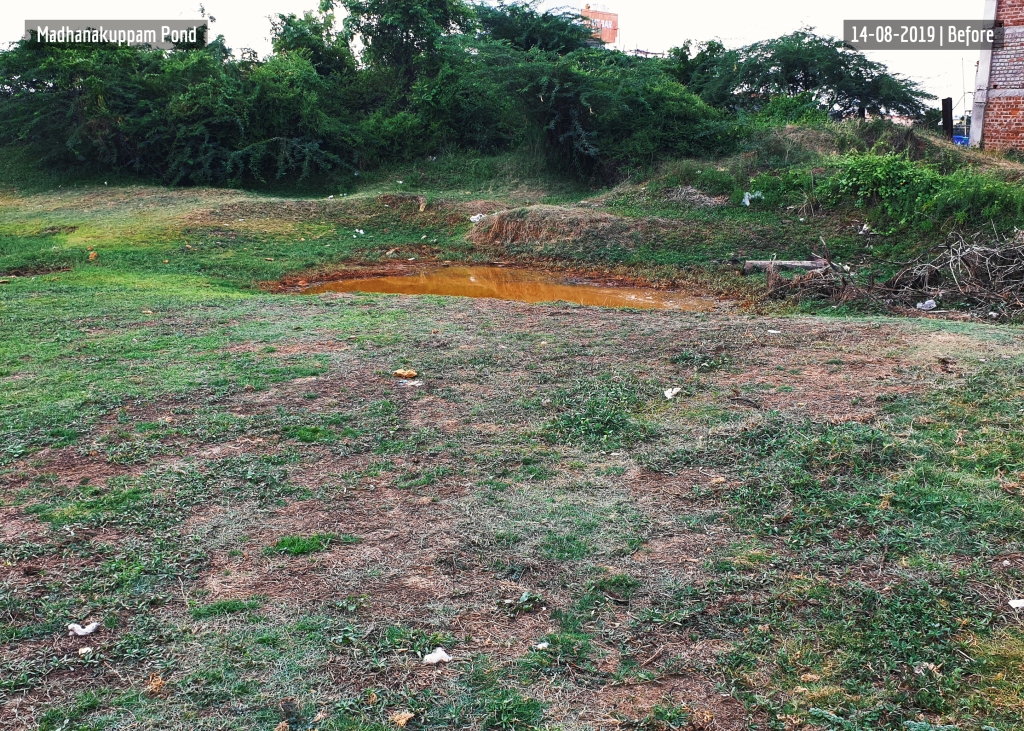

Work in Progress


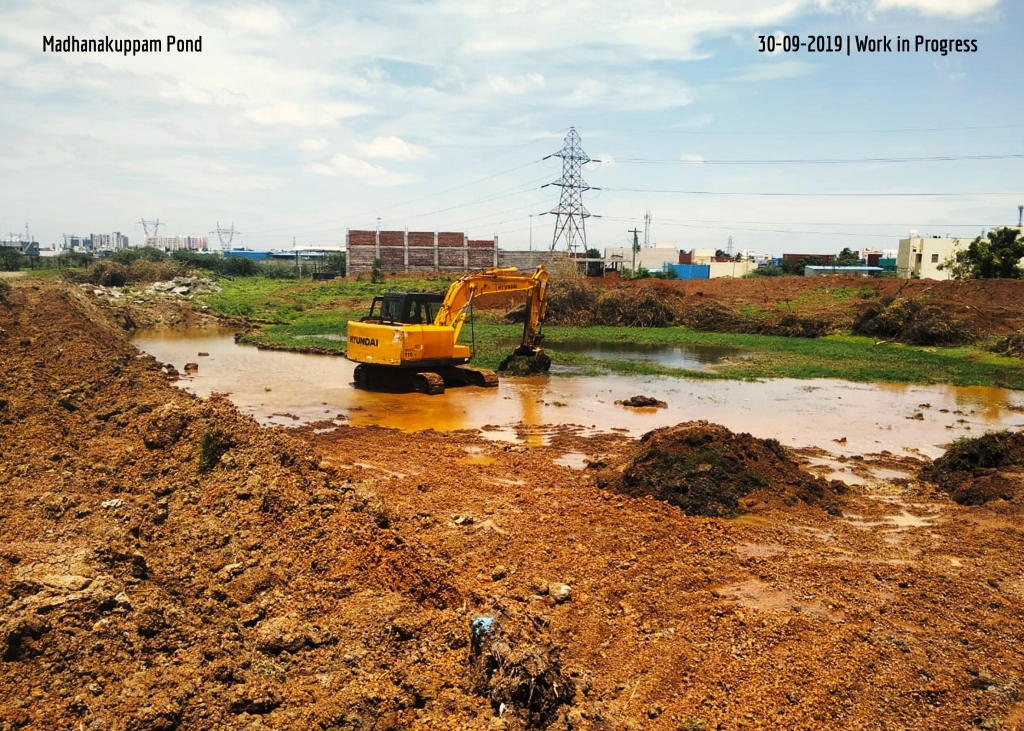
After



[This post was originally published in the blog of Environmentalist Foundation of India and has been republished with permission]